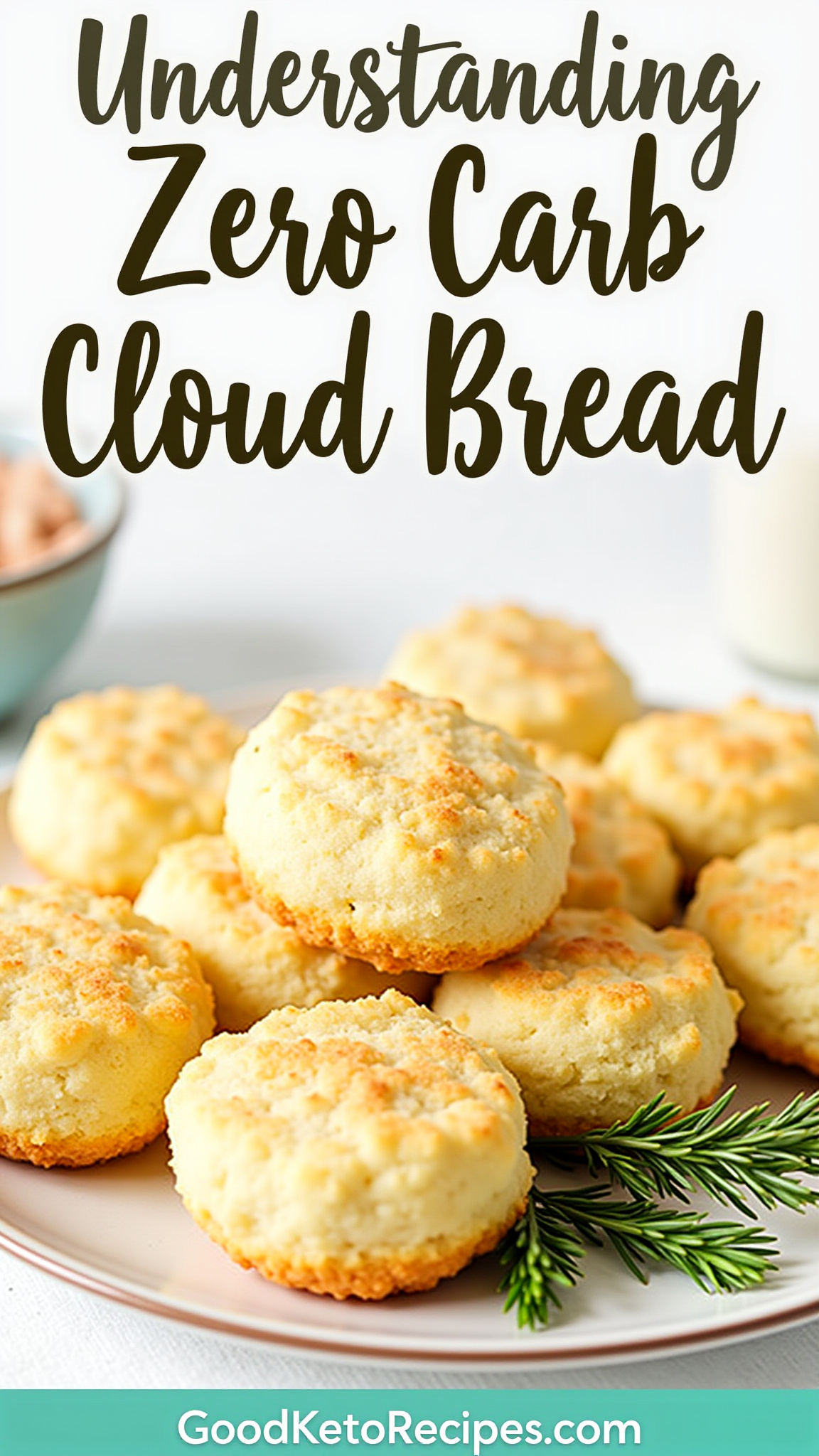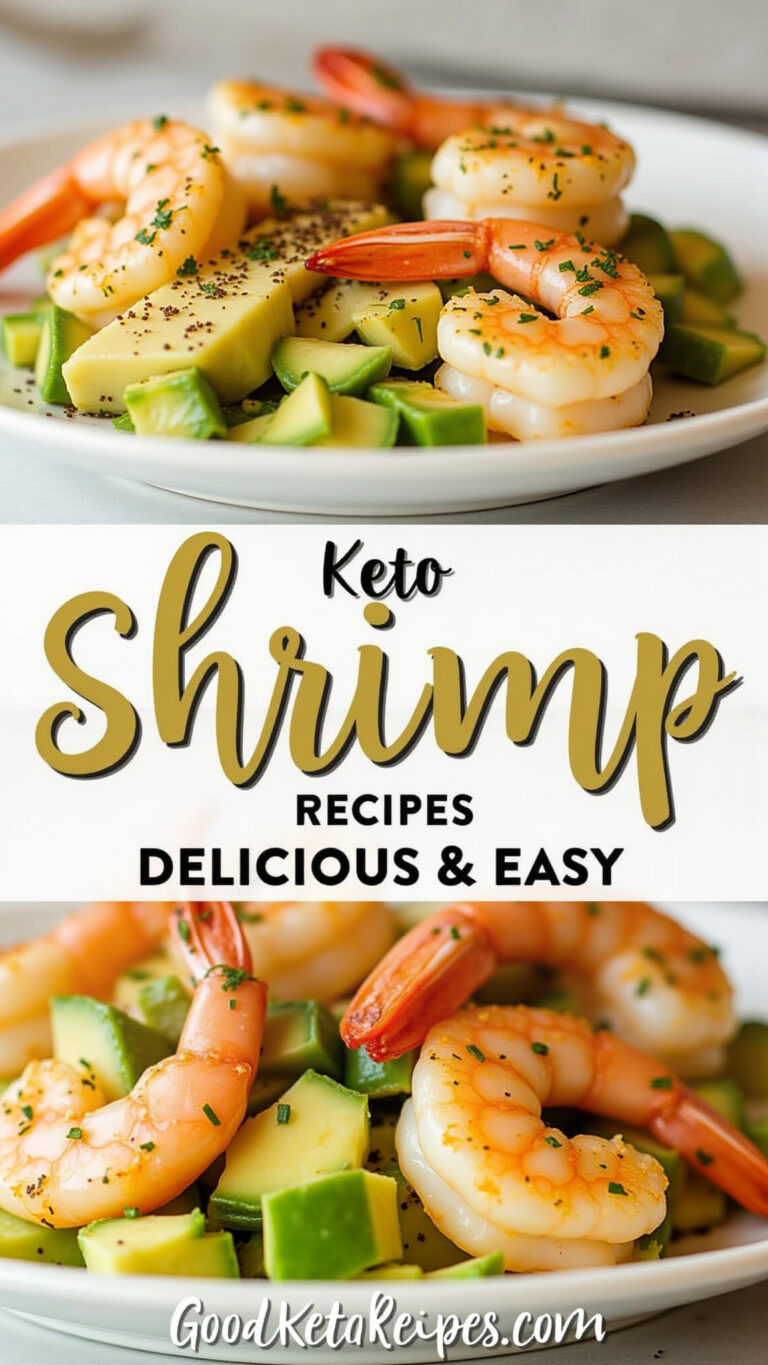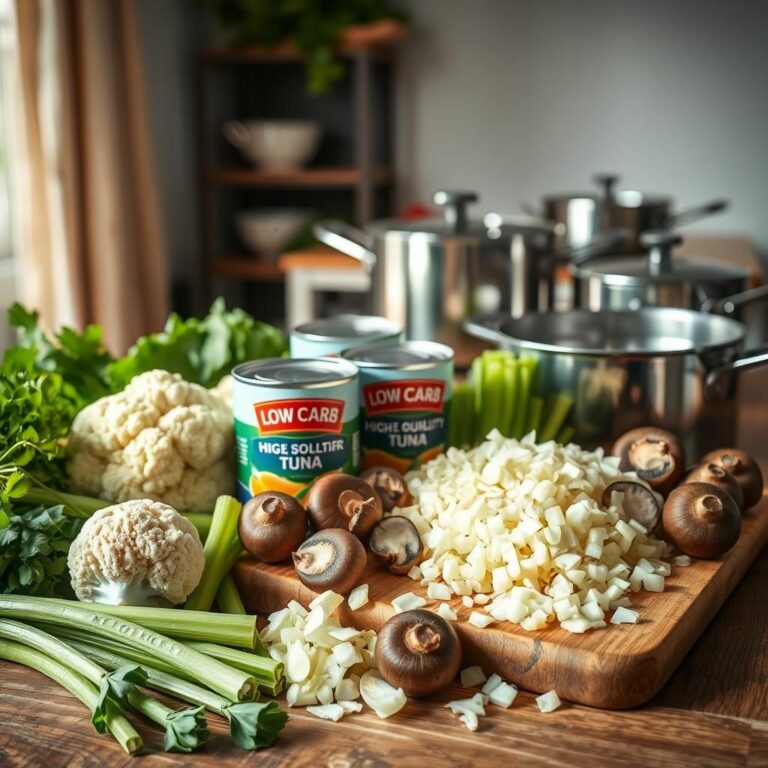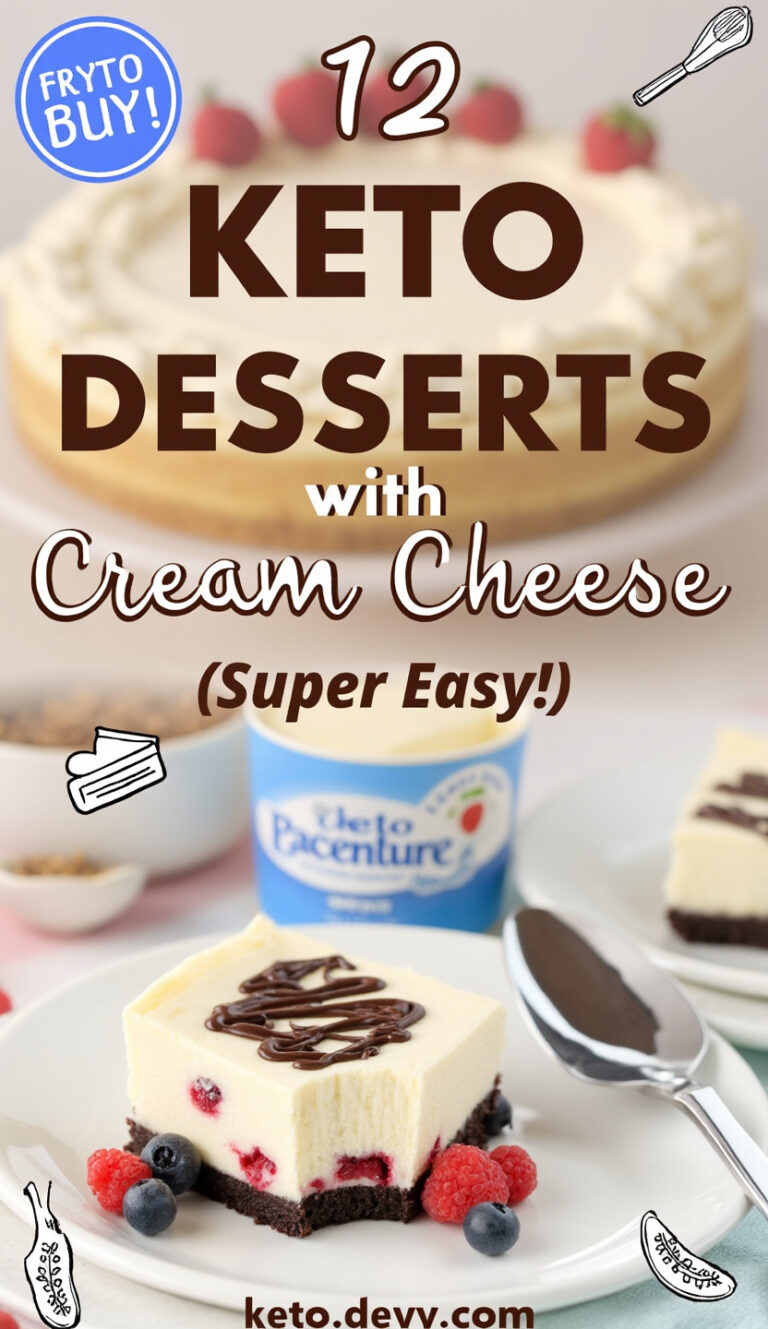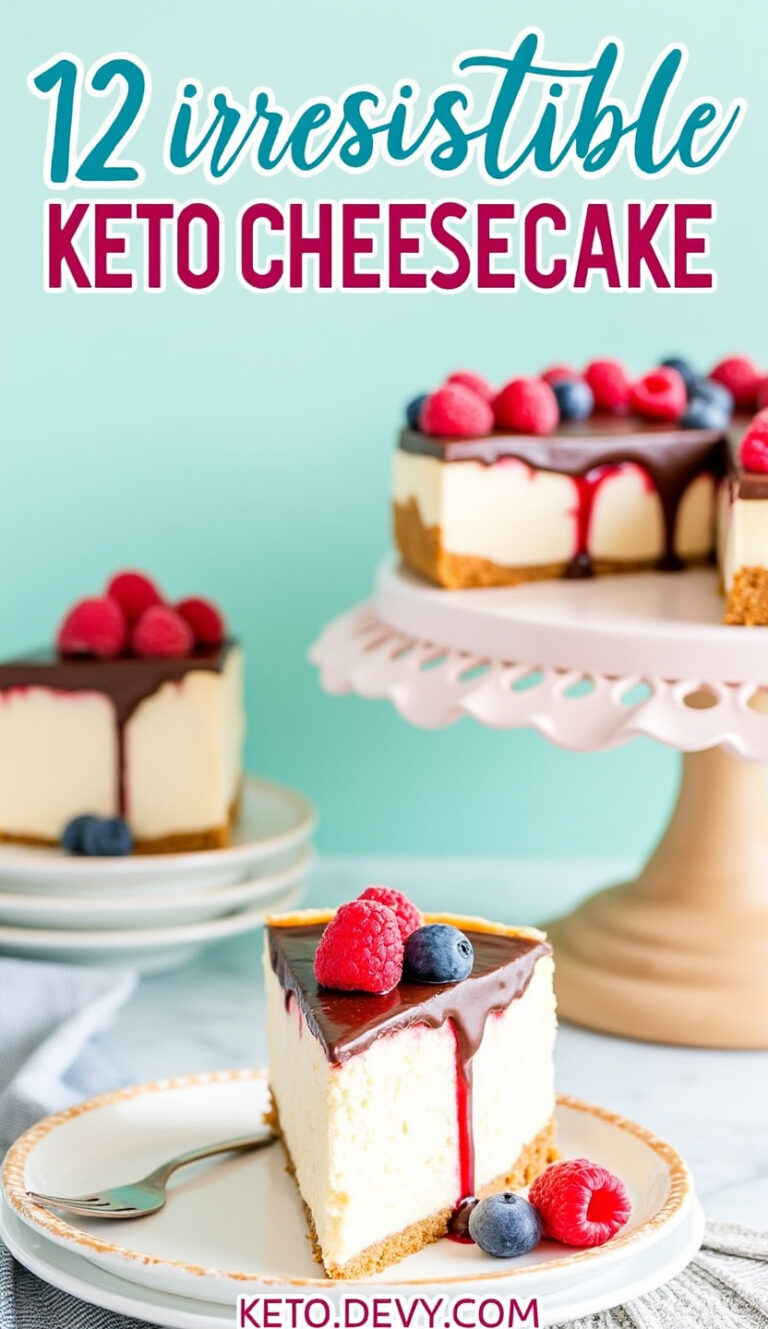Understanding Zero Carb Cloud Bread

Cloud bread, also known as oopsie bread, is a low-carbohydrate and gluten-free bread substitute that has gained popularity among individuals following ketogenic, low-carb, or gluten-free diets. This light and airy bread alternative is made primarily from eggs, cream cheese, and a sweetener, making it a versatile option for sandwiches, burgers, or even as a base for mini pizzas. This comprehensive guide will provide you with a step-by-step zero carb cloud bread recipe, variations, tips, and insights into its nutritional profile and health benefits.
What is Zero Carb Cloud Bread?
Zero carb cloud bread is a type of bread substitute that is extremely low in carbohydrates and gluten-free. It’s primarily composed of eggs, cream cheese, and a sweetener (often optional), resulting in a light, airy texture reminiscent of a cloud. This makes it a popular alternative for those restricting carbohydrate intake, such as individuals on the ketogenic diet or those with gluten sensitivities.
Key Features of Cloud Bread:
- Low Carb: Typically contains less than 1 gram of net carbs per slice.
- Gluten-Free: Naturally free from gluten, making it suitable for those with celiac disease or gluten intolerance.
- Simple Ingredients: Requires only a few basic ingredients.
- Versatile: Can be used as a bread substitute for sandwiches, burgers, or as a pizza base.
- Light and Airy: Possesses a unique, fluffy texture.
Why Choose Zero Carb Cloud Bread?
Cloud bread offers several benefits, making it an appealing choice for various dietary needs:
Benefits of Zero Carb Cloud Bread:
- Weight Management: Low in carbohydrates and calories, aiding in weight loss or maintenance.
- Blood Sugar Control: Helps stabilize blood sugar levels, making it suitable for individuals with diabetes or insulin resistance.
- Gluten Intolerance: Provides a gluten-free alternative to traditional bread, alleviating symptoms for those with gluten sensitivities.
- Nutrient-Dense: Contains protein and healthy fats from eggs and cream cheese.
- Easy to Make: Simple recipe with minimal ingredients and preparation time.
- Versatile Usage: Can be adapted to various recipes and culinary applications.
The Ultimate Zero Carb Cloud Bread Recipe
This recipe will guide you through creating perfect zero carb cloud bread every time.
Ingredients:
- 3 large eggs, separated
- 3 ounces cream cheese, softened
- 1/4 teaspoon cream of tartar (optional, for added stability)
- 1 tablespoon sweetener (erythritol, stevia, or your preferred sugar substitute – optional, adjust to taste)
- Pinch of salt (optional)
Equipment:
- Two mixing bowls
- Electric mixer (handheld or stand mixer)
- Baking sheet
- Parchment paper or silicone baking mat
Step-by-Step Instructions:
- Preheat the Oven: Preheat your oven to 300°F (150°C). Line a baking sheet with parchment paper or a silicone baking mat.

- Separate Eggs: Carefully separate the egg whites from the yolks, placing them in separate mixing bowls. Ensure no yolk gets into the whites, as this can prevent them from whipping properly.
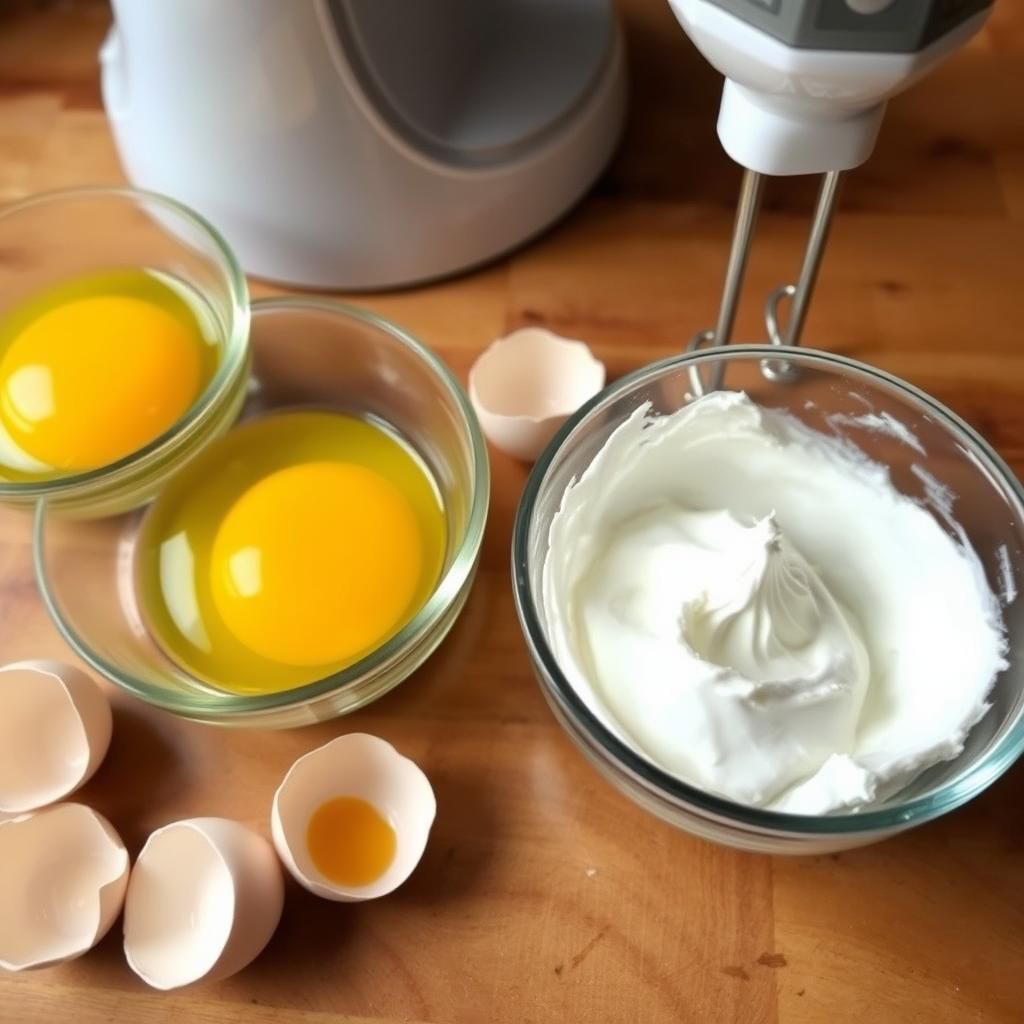
- Cream Cheese Mixture: In the bowl with the egg yolks, add the softened cream cheese, sweetener (if using), and salt (if using). Beat with an electric mixer until smooth and well combined.
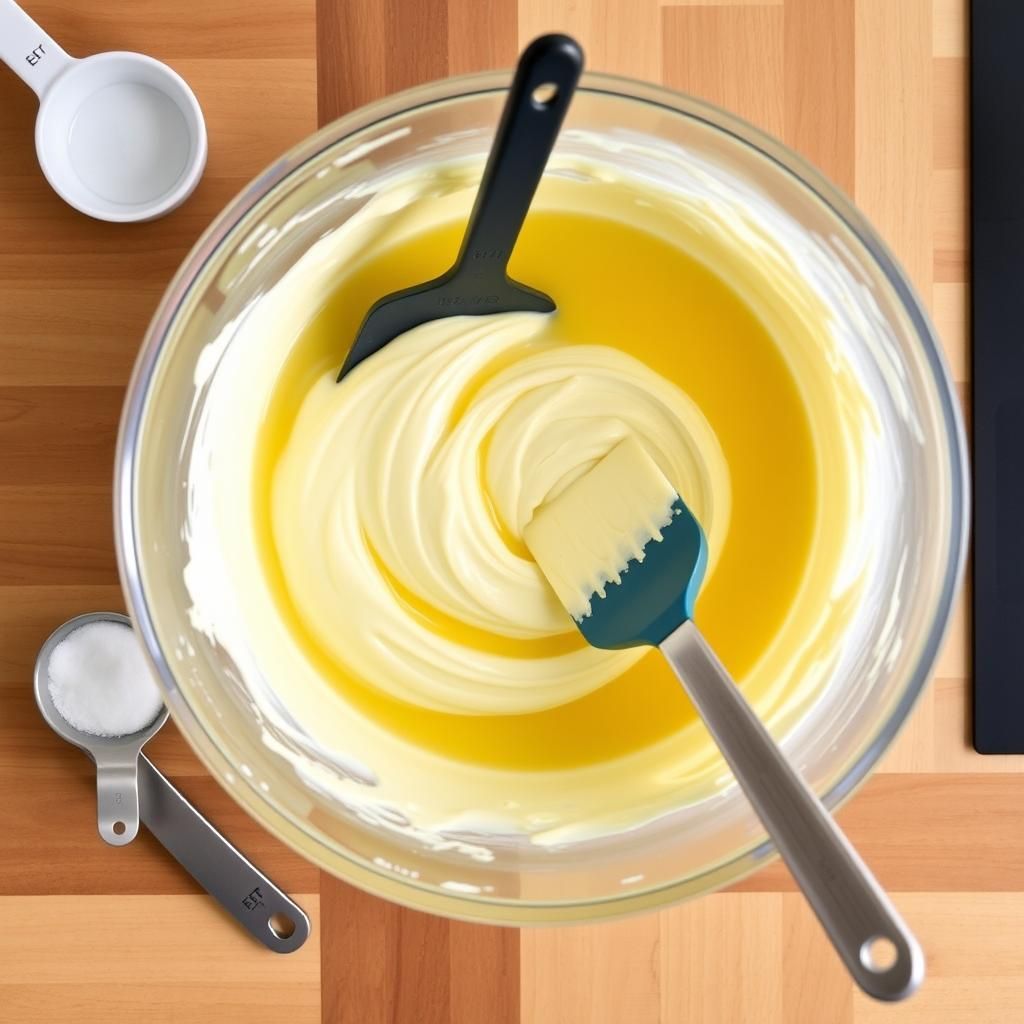
- Whip Egg Whites: In the bowl with the egg whites, add the cream of tartar (if using). Beat with an electric mixer on medium speed until stiff peaks form. This may take 5-7 minutes. The stiff peaks are crucial for achieving the cloud-like texture.

- Combine Mixtures: Gently fold the egg yolk mixture into the whipped egg whites in two or three additions. Be very careful not to deflate the egg whites. Use a spatula and fold gently until just combined. Overmixing will cause the cloud bread to flatten.
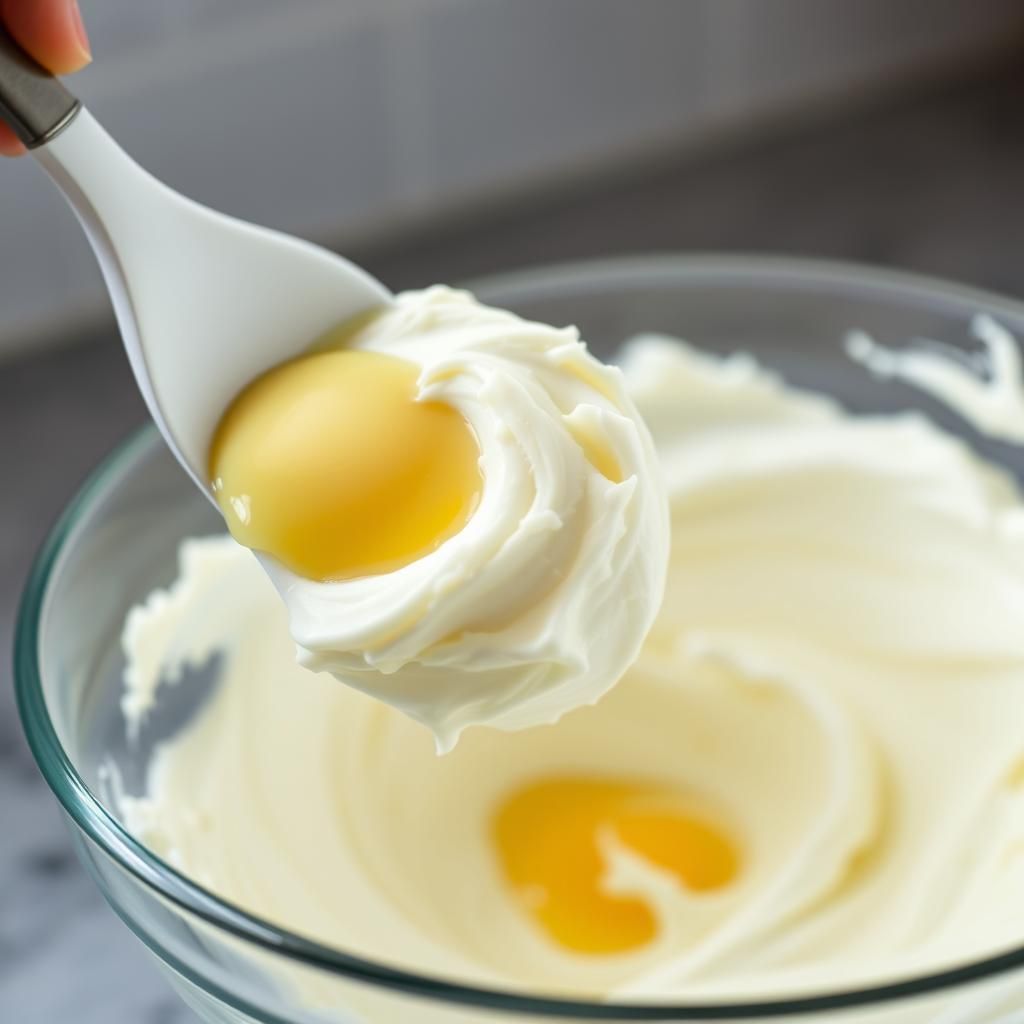
- Portion and Bake: Spoon the mixture onto the prepared baking sheet in 6-8 equal-sized mounds. Leave some space between each mound as they will spread slightly during baking.
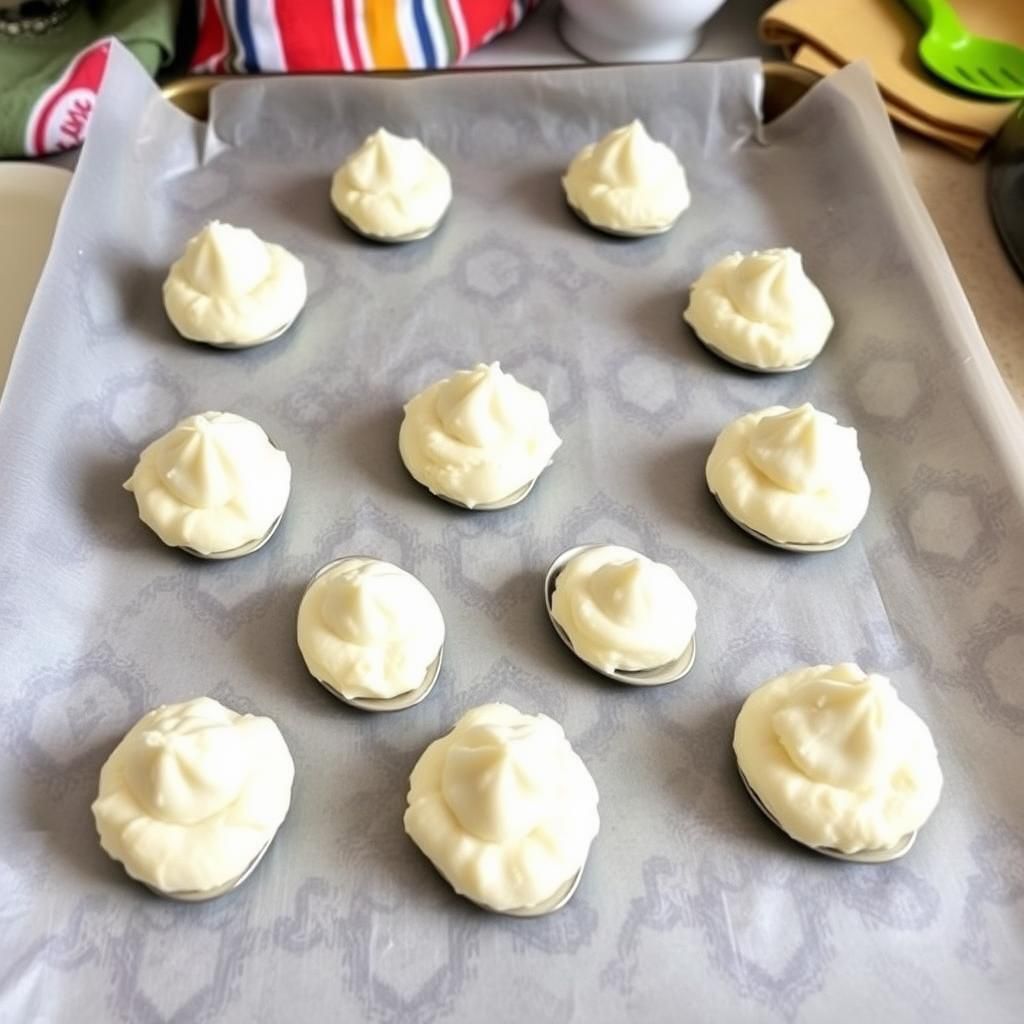
- Bake: Bake for 25-30 minutes, or until the cloud bread is lightly golden brown and firm to the touch.

- Cool: Remove the baking sheet from the oven and let the cloud bread cool completely on the baking sheet before removing. This will help them retain their shape.
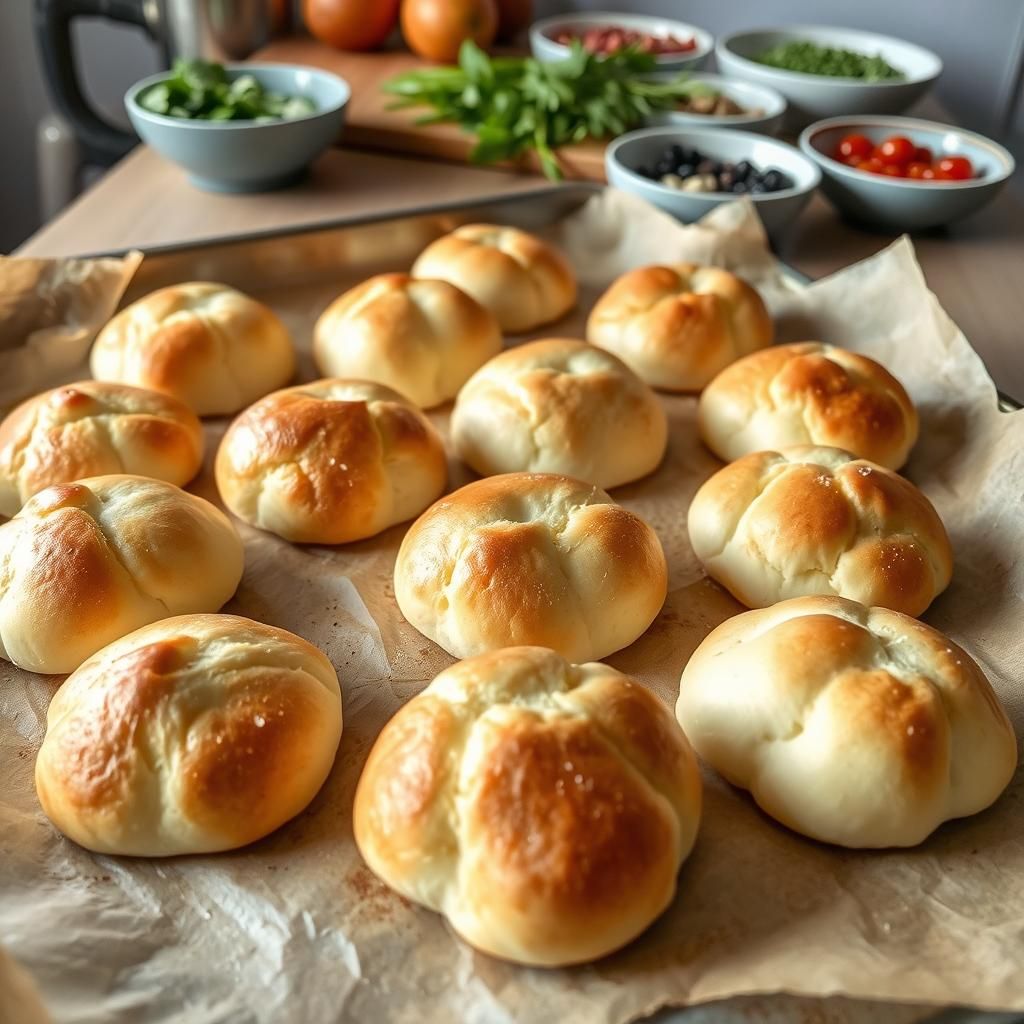
Tips for Perfect Zero Carb Cloud Bread
Achieving the perfect cloud bread requires attention to detail. Here are some essential tips:
Essential Tips:
- Use Room Temperature Ingredients: Ensure your eggs and cream cheese are at room temperature for better emulsification and texture.
- Separate Eggs Carefully: Ensure no egg yolk contaminates the egg whites.
- Whip Egg Whites Properly: Whip the egg whites until stiff peaks form. This is crucial for the cloud-like texture.
- Fold Gently: Gently fold the egg yolk mixture into the egg whites to avoid deflating the mixture.
- Don’t Overbake: Overbaking can result in dry, crumbly cloud bread.
- Cool Completely: Allow the cloud bread to cool completely on the baking sheet before removing.
- Storage: Store cloud bread in an airtight container in the refrigerator for up to 3-4 days.
Variations and Flavor Enhancements
Cloud bread is incredibly versatile and can be customized to suit your taste preferences.
Flavor Variations:
- Savory: Add herbs like rosemary, thyme, or oregano to the egg yolk mixture for a savory flavor.
- Cheese: Incorporate shredded cheddar, mozzarella, or Parmesan cheese into the egg yolk mixture.
- Garlic: Add garlic powder or minced garlic to the egg yolk mixture.
- Spicy: Add a pinch of red pepper flakes or a dash of hot sauce to the egg yolk mixture.
- Sweet: Add vanilla extract, almond extract, or a few drops of liquid stevia to the egg yolk mixture for a sweeter flavor.
Recipe Adaptations:
- Chocolate Cloud Bread: Add unsweetened cocoa powder and a sweetener like erythritol to the egg yolk mixture.
- Cinnamon Cloud Bread: Add cinnamon and a sweetener like erythritol to the egg yolk mixture.
- Everything Bagel Cloud Bread: Sprinkle everything bagel seasoning on top of the cloud bread before baking.
Nutritional Information
Understanding the nutritional content of cloud bread is crucial for incorporating it into your diet effectively.
Typical Nutritional Values (per slice, approximately):
- Calories: 30-40
- Net Carbs: 0-1 gram
- Protein: 3-4 grams
- Fat: 2-3 grams
Key Nutritional Highlights:
- Low Carb: Extremely low in carbohydrates, making it suitable for ketogenic and low-carb diets.
- Gluten-Free: Naturally free from gluten.
- High in Protein: Provides a good source of protein.
- Moderate in Fat: Contains healthy fats from eggs and cream cheese.
Health Benefits of Cloud Bread
Incorporating cloud bread into your diet can offer several health benefits:
Weight Management
Due to its low carbohydrate and calorie content, cloud bread can aid in weight loss or weight maintenance. It provides a satisfying bread alternative without the high carbohydrate load of traditional bread.
Blood Sugar Control
Cloud bread helps stabilize blood sugar levels, making it a suitable option for individuals with diabetes or insulin resistance. The minimal carbohydrate content prevents rapid spikes in blood sugar.
Gluten Intolerance
For individuals with celiac disease or gluten intolerance, cloud bread provides a safe and delicious gluten-free alternative to traditional bread. It allows them to enjoy sandwiches, burgers, and other bread-based dishes without experiencing adverse symptoms.
Nutrient-Dense
Cloud bread contains valuable nutrients from eggs and cream cheese, including protein, healthy fats, vitamins, and minerals. These nutrients contribute to overall health and well-being.
Common Mistakes to Avoid
To ensure your cloud bread turns out perfectly, avoid these common mistakes:
Mistakes to Avoid:
- Not Separating Eggs Properly: Ensure no egg yolk contaminates the egg whites, as this can prevent them from whipping properly.
- Not Whipping Egg Whites Enough: Whip the egg whites until stiff peaks form. This is crucial for the cloud-like texture.
- Overmixing the Batter: Gently fold the egg yolk mixture into the egg whites to avoid deflating the mixture.
- Overbaking: Overbaking can result in dry, crumbly cloud bread.
- Not Cooling Completely: Allow the cloud bread to cool completely on the baking sheet before removing.
Serving Suggestions
Cloud bread can be used in various ways to replace traditional bread in your favorite dishes.
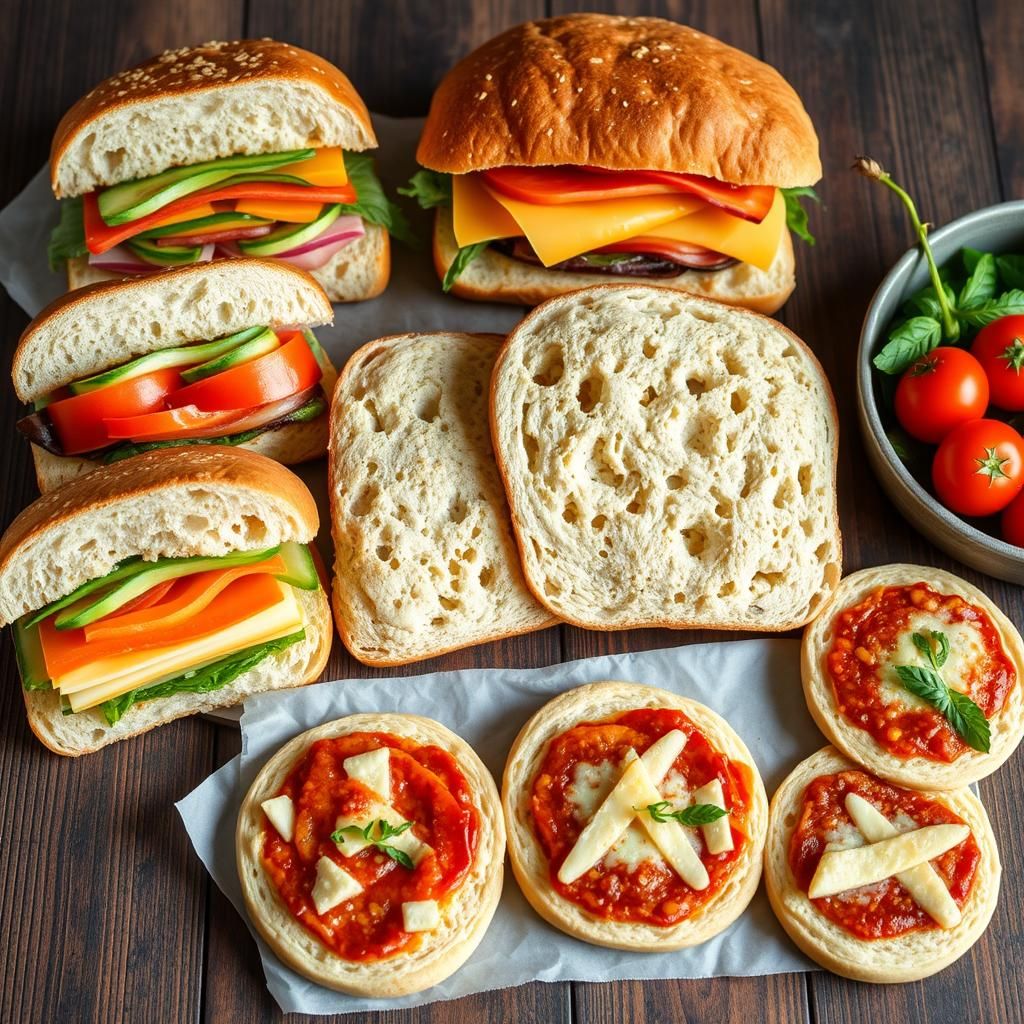
Serving Ideas:
- Sandwiches: Use cloud bread as a low-carb alternative for sandwiches. Fill with your favorite meats, cheeses, and vegetables.
- Burgers: Replace traditional burger buns with cloud bread for a low-carb burger option.
- Pizza Base: Use cloud bread as a base for mini pizzas. Top with tomato sauce, cheese, and your favorite toppings.
- Toast: Toast cloud bread and top with avocado, eggs, or your favorite spreads.
- Desserts: Use sweet cloud bread variations as a base for desserts, such as parfaits or trifles.
Storing Zero Carb Cloud Bread
Proper storage is essential to maintain the quality and freshness of your cloud bread.
Storage Instructions:
- Refrigeration: Store cloud bread in an airtight container in the refrigerator for up to 3-4 days.
- Freezing: Cloud bread can be frozen for longer storage. Wrap individual slices in plastic wrap or parchment paper and store in a freezer-safe bag or container for up to 2 months.
- Thawing: Thaw frozen cloud bread in the refrigerator or at room temperature before using. You may want to toast it lightly to restore its texture.
Troubleshooting
If you encounter issues while making cloud bread, here are some common problems and solutions:
Common Problems and Solutions:
- Cloud Bread is Flat: Ensure you are whipping the egg whites until stiff peaks form and gently folding the egg yolk mixture into the egg whites. Avoid overmixing.
- Cloud Bread is Dry: Avoid overbaking the cloud bread. Check for doneness at the 25-minute mark.
- Cloud Bread is Crumbly: Ensure you are using room temperature ingredients and folding the mixture gently.
- Cloud Bread Tastes Eggy: Add a pinch of salt and your preferred sweetener to balance the flavor.
Cloud Bread vs. Traditional Bread
Understanding the differences between cloud bread and traditional bread can help you make informed dietary choices.
Key Differences:
- Carbohydrates: Cloud bread is extremely low in carbohydrates, while traditional bread is high in carbohydrates.
- Gluten: Cloud bread is gluten-free, while traditional bread contains gluten (unless it is specifically gluten-free).
- Ingredients: Cloud bread is made from eggs, cream cheese, and a sweetener, while traditional bread is made from flour, water, yeast, and other ingredients.
- Texture: Cloud bread has a light, airy texture, while traditional bread has a denser texture.
- Nutritional Profile: Cloud bread is lower in calories and higher in protein compared to traditional bread.
Zero carb cloud bread is a versatile and healthy alternative to traditional bread, especially for those following ketogenic, low-carb, or gluten-free diets. With its simple ingredients, easy preparation, and numerous health benefits, cloud bread offers a satisfying way to enjoy sandwiches, burgers, and other bread-based dishes without the carbohydrate load. By following this comprehensive guide and incorporating the tips and variations provided, you can consistently create perfect cloud bread that fits your dietary needs and taste preferences.
Check Out This
Discover the Secret to Effortless Keto Success!Unlock Your Personalized Keto Journey Now!
Affiliate Link Disclosure: Some of the links in this post are affiliate links. This means that if you click on the link and make a purchase, I may receive a small commission at no extra cost to you. I only recommend products or services that I personally use and believe will be valuable to my readers.
